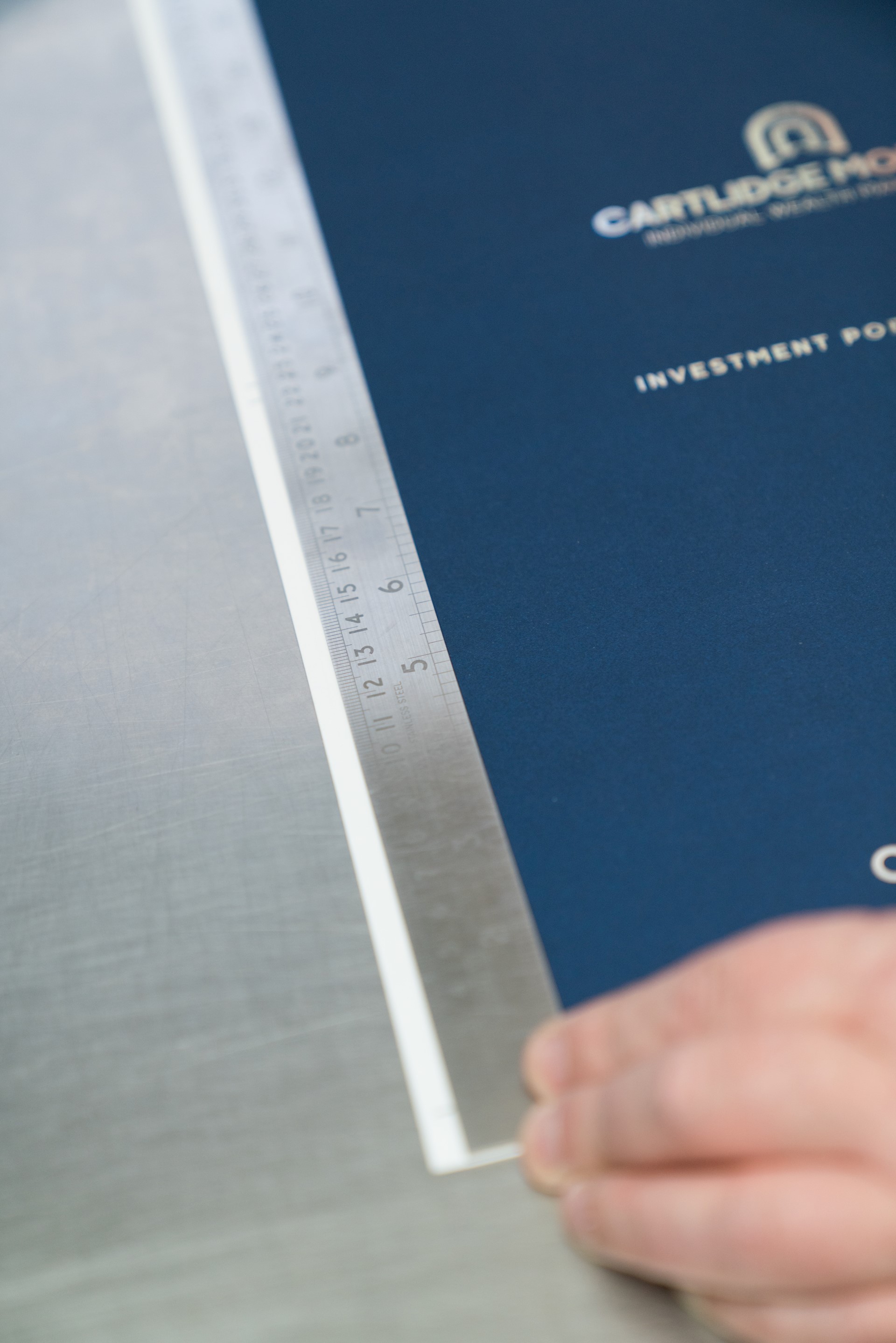 As an employer, you normally have to operate PAYE as part of your payroll. PAYE is HM Revenue and Customs’ (HMRC) system to collect Income Tax and National Insurance from employment.
As an employer, you normally have to operate PAYE as part of your payroll. PAYE is HM Revenue and Customs’ (HMRC) system to collect Income Tax and National Insurance from employment.

It's important when employing someone or if you are a Director of a Limited Company and want to pay yourself a salary, that you set up a payroll system. The following steps should help you understand the things an employer must do when dealing with HMRC :
- Search the GOV.uk website for details of free and paid-for software tested and recognised by HMRC
- Free payroll software is suitable if you have fewer than 10 employees.
- Choose the software that has the programs that you need, then follow the supplier’s instructions to download and install
Before running your payroll you need to set it up with your employer information including:
- PAYE reference number
- Accounts office number
- Employees details
You will also need your PAYE log in.
Depending on how you pay your employees you may also need:
- Monthly salary
- Weekly wage
- Hourly pay rate
The software that you download will calculate an employees:
- Tax deductions
- NI deductions
- Student loan deductions
- Employer NI
Once this is done the following needs to be done:
You must send an FPS (Full Payment Report) before every single payday.
An FPS tells HMRC:
- What to pay your employees
- Total to pay to HMRC
- Any new starters and leavers the company has
You may have to pay a penalty if an FPS report is not sent out in time.
If:
- There are no employees to be paid for a particular month
- You need to reclaim statutory payments
- Or you need to claim employment allowance

Instead of an FPS you will need to send an EPS (Employment payment summary) to HMRC.
Each software will have a help guide for further queries check this.
Source: GOV.UK
Contains public sector information licensed under the Open Government Licence v3.0.
Got a business question?
We're here to help. Get in touch.
Book your free appointment below:
